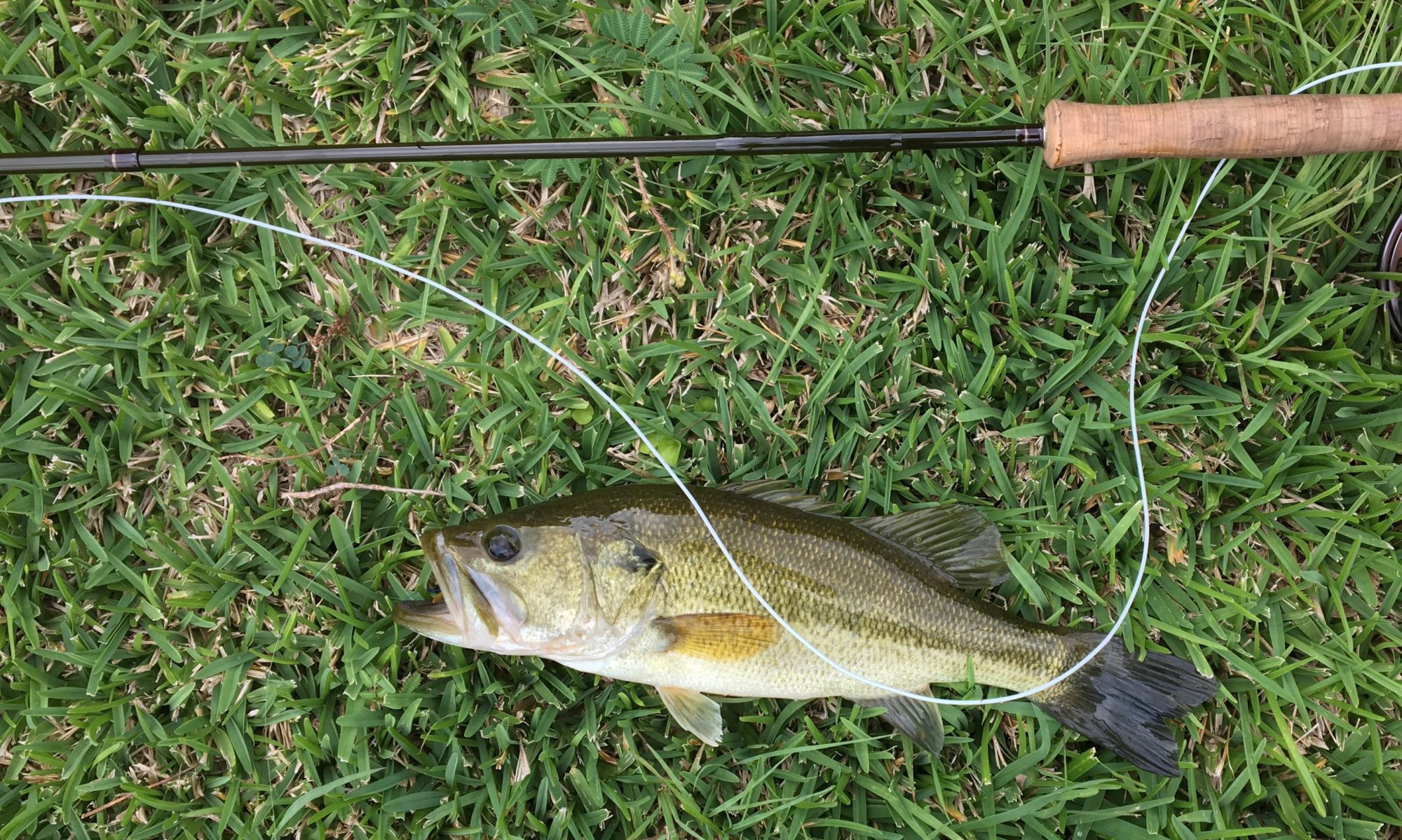
It used to be a joke that every Texan went broke in Tennessee before they came to Texas. I suspect my ancestors kinda went broke other places as well, but still, many Texans have a soft spot for Tennessee. T for Texas, T for Tennessee.
Tennessee looms unnaturally large in our collective history. Some random stuff:
- The Trail of Tears.
- Davy Crockett, Sam Houston
- Martin Luther King’s assassination.
- The Grand Ol’ Opry, Sun Records, Stax Records, Beale Street, Nashville.
- Andrew Jackson.
- Dolly Parton
- The TVA.
- Shiloh, Chickamauga, Chattanooga, Fort Donelson.
- Nashville Cats.
- Andrew Johnson.
- The Smoky Mountains.
- Al Gore.
- The Scopes Trial.
- Elvis.
You’d think with all that stuff going on, there would be good histories of Tennessee, but I haven’t found one. Stuff seems to be dated or episodic, as if the history itself is too big. There are lots of little histories, histories of Andrew Jackson or the Scopes Trial, or the battles of the War in the West, or individual biographies, or histories of East Tennessee, but nothing general seems satisfactory.
There are really three parts of Tennessee, represented by the three stars in the circle on the Tennessee flag, and maybe that’s the problem: the state’s schizophrenic. From the west, Memphis is that joke about Mississippi; what are Mississippi’s two largest cities? New Orleans and Memphis. It was the largest inland cotton market in the South. It’s on the Gulf Coastal Plain that runs from the Gulf of Mexico up the Mississippi River to Southern Illinois, as much the Delta as Arkansas or Mississippi are the Delta, flat, rich; the land of cotton.
Even today here is no city more Southern than Memphis, population 651,073, with a metro population of 1,371,110. It seems everyone in Memphis is either white or black, without the polyglot of people and cultures that I’m used to. It’s a lovely city, with ducks in the lobby of the Peabody Hotel, good ribs, and a rich cultural history, but it’s also a damaged city. It never seems to have recovered from the murder of Martin Luther King. As of 2010, Memphis proper was 27.5% non-Hispanic white, 63.3% African-American, 6.5% Hispanic, 1.6% Asian. The metro population evens out a bit, with 45% non-hispanic white, and 47% black.
When I was in college I ate my first bagel in Memphis, on my way to backpack to Clingman’s Dome in the Smokies.
Central Tennessee is higher than West Tennessee (though not Klingman’s Dome), with the Highland Rim surrounding the Nashville Basin. Higher is a relative term. The Highland Rim is rarely much higher than 1,100 feet. It’s hill country, farm country, Nashville.

Nashville, with a city population of 670,820 and a metro population of 1,959,495, is growing. One doesn’t go there any more just to make records. In some ways it is the reverse image of Memphis, thriving, maybe even modern, maybe even cosmopolitan. It’s 58.6% non-Hispanic white, 28.6% African American, and 3.5% Asian. 9% of the total population is Hispanic.
Nashville is known principally for that pancake place over near Vanderbilt, the Pancake Pantry, and a pretentious but well-acted Robert Altman movie. Nothing else.
East Tennessee is defined by Appalachia, with the Blue Ridge on the border with North Carolina, the Ridge and Valley Appalachians to the west, and The Cumberland Plateau bordering middle Tennessee. By 1794, I had two ancestors, a Hatcher and a Crowson, in Wears Valley, near Sevierville and Pigeon Forge. There is still a Hatcher Mountain and a Crowson Cove in Wears Valley in the Ridge and Valley region, but my direct ancestor (and their descendent), William John Hatcher, was in Sullivan County, Missouri by 1850. In 1861, William John volunteered for the Missouri Infantry, on the side of the Union.
You’d think that would be odd, but Eastern Tennessee was a Union hotbed: there weren’t many slaves in those hills and hollers. Eastern Tennessee is still mostly white. Knoxville’s population is essentially 17% black and 83% white, with everybody else just a wee bit of lagniappe. Historically it was also poor, though it seems to be doing well enough now. This is Dolly Parton country. Maybe Dolly is a cousin.
In East Tennessee, Scott County seceded from the Confederacy and formed its own Free and Independent State of Scott, and didn’t officially rejoin Tennessee until 1986. Pater William John would have served the Union at Shiloh, Corinth, in the Atlanta Campaign, and in Sherman’s March to the Sea, on the opposite side of at least three other second great grandfathers, but as like as not on the same side as his Tennessee brothers and cousins. I’m glad my great-great grandfathers were not better shots. Weirdly, while I knew from my grandparents that a number of their grandparents fought for the Confederacy, I didn’t find out that William John fought for the Union until a couple of years ago. Maybe they didn’t know. Maybe that was the sort of thing one kept to oneself in the post-Reconstruction South.
But things change. I’m proud of my Grandfather William John, and East Tennessee is no longer a hotbed of Northern sympathy. East Tennessee along with the rest of Tennessee voted 60% for President Trump in 2016, with only the two most populous counties, Davidson and Shelby, and a majority black county, Hayward, voting for Hillary Clinton.

Which reminds me of why this came up in the first place. In two weeks we’re supposed to fish in far northeast Tennessee, for trout on the South Holston and Watauga Rivers. We’re driving. I picked it so that I could see Wears Valley, and Shiloh, and because we go from there to visit friends in North Carolina. It’ll be our first road trip, really our first trip of any kind, since the pandemic began. We’ll see if we actually go.
























